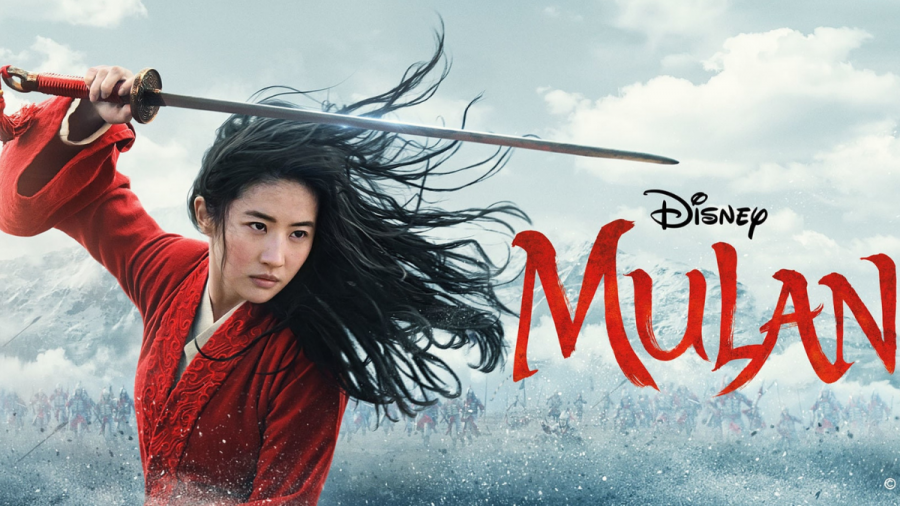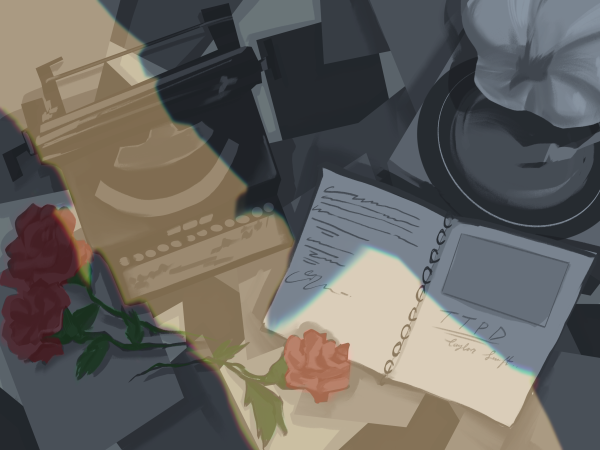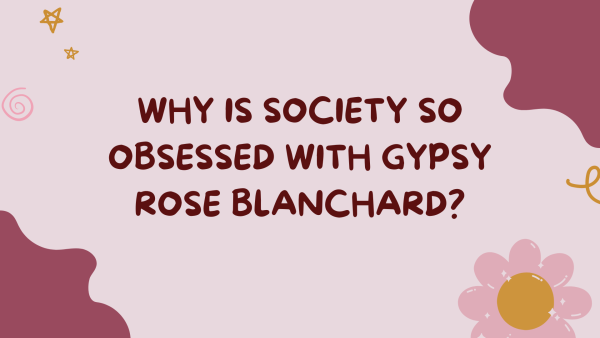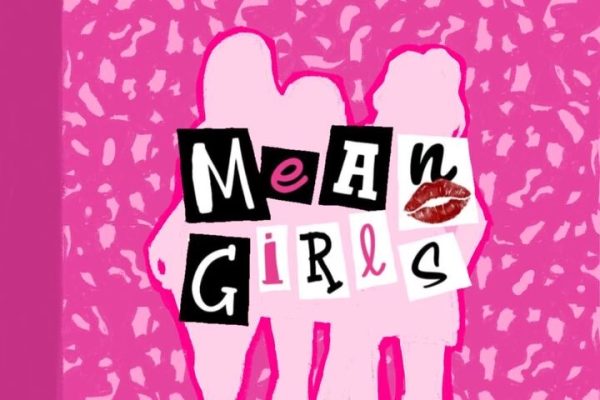“Culturally inaccurate and bland”: The controversies associated with the Mulan live-action remake
Mulan Movie Cover
22 years after it’s original Disney animation release, fans were anticipating the long-awaited live-action release featuring the tale of Mulan. Between its pushback from the original March 27 air date and everyone’s quarantine boredom, I was looking forward to the recreation of the familiar and well-loved story. Unfortunately, evident from its 75% rating on Rotten Tomatoes, I was not the only one left thoroughly disappointed. Disney’s poor execution of a more traditional approach, the lack of emotion and cinematic experience, in addition to behind-the-scenes controversies are all reasons for my overall distaste of the movie.
The removal of fantastical characters like Mushu, the cricket, and the ancestors were all parts of Disney’s hope for a more traditional retelling. As a Chinese audience member, I was excited by Disney’s decision to respect the original story but was confused by the appearance of a witch character. Witches and dark magic are both conventionally European ideas, and many Chinese fans believe simply changing the witch into a spirit would’ve been more culturally accurate, as Chinese mythology contains many references to animal spirits with shapeshifting abilities. Furthermore, qi is depicted as a supernatural ability only males are supposed to have access to when in reality, qi is merely a physiological substance and can be thought of as similar to blood. Moreover, Mulan’s motivation is driven by her need to bring honor to her family and to stop disgracing her parents. “While reputation is a large facet of Chinese culture, the original tale clearly emphasizes how Mulan is purely trying to protect her weak father,” says Emily Chan ‘22, a member of the Chinese+ Affinity group here at Castilleja. “In fact, the focus on honesty takes away from the original lesson of hard work and perseverance.” The traditional story of Hua Mulan depicts an ordinary girl willing to risk her life in order to protect her father. She doesn’t have any superpower qi or spiritual guides, and the myth highlights her plainness to prove that Mulan could be any other teenage girl. “I had really been looking forward to the movie since Mulan was always a strong Asian female lead I looked up to from childhood, so I was really disappointed by the overall execution of the film,” Chan remarks. The choice to give Mulan supernatural qi only further alienated her from the rest of her peers, taking away the relatability of the young female protagonist.
Not only was the lesson disparate from the original story, but junior Emily Chan would also agree that the overall cinematic experience was just not the same. The acting felt very rigid, and several monumental moments had been cut short. When Mulan decides to go off to war and risks her life to protect her father, there is no transition scene highlighting Mulan’s courage. Instead, the scene immediately shifts to her suddenly wearing all the armor, removing the emphasis on one of the first turning points. Fast forward to when Mulan is off at war, once again there is a lack of emotion in the battle scene where all the bodies of fallen warriors are piled atop each other. The animation does a great job juxtaposing the gravity of when Mulan realizes war has real consequences, and the stiff acting in the live-action didn’t create the same impact. “I didn’t feel emotionally invested, and I was super distanced from what was happening in the movie,” Chan recalls. “It wasn’t that engaging as an audience member.” None of the characters were memorable, and Mulan wasn’t portrayed in a way that allowed the audience to sympathize with her struggles.
Despite all the issues evident within the movie, I would argue that the majority of problems arose from the credits containing a “special thanks” to eight government entities in Xinjiang. The Turpan public security bureau in Xinjiang is allegedly known for its abuse of human rights and the documentation of re-education camps in that location. The credits also referenced four communist parties in addition to offering another thanks to the “publicity department of CPC Xinjiang Uyghur Autonomy Region Committee,” China’s communist propaganda party in Xinjiang. Mulan was shot in over 20 locations within China, so not only filming in but also expressing gratitude towards Xinjiang has raised concerns about Disney’s endorsement of concentration camps and the rights of the Uighur Muslim minority. If that wasn’t enough, the lead actress of Mulan, Liu Yifei, openly shared her support for the Hong Kong police on her Weibo page with the exact words, “I support Hong Kong police. You can beat me now,” as well as “What a shame for Hong Kong” in English. The hashtag #BoycottMulan started trending in rebuttal to Liu’s #IalsosupportHongKongPolice hashtag. Several people pointed out the irony of Liu’s support of police brutality while also playing the role of Mulan and began encouraging others to boycott the movie.
Political controversies aside, the new Mulan movie was just disappointing overall. From reading the story with my grandparents and learning about it in Chinese classes, Mulan has always been a special role model for me. Not only is she an empowering female warrior, but Mulan is also one of the few available media representations of my culture. Live-action movies have always been a point of conflict for me since the excitement of seeing fictional stories brought to life is almost always overshadowed by the anxiety that accompanies entertainment companies’ choices surrounding the characters I’ve grown to be so fond of. I had heard about the poor reviews Mulan had received, but I was still shocked when I got around to watching the film myself. Mulan’s warped plot was both culturally inaccurate and bland considering the bad acting, and I honestly felt no emotional attachment whatsoever to the heroine’s journey in the film. Additionally, between the director and the scriptwriters and even the costume designer, those working behind the scenes were predominantly white. Since those in charge of making important decisions affecting the film were all white, it’s no surprise that the film didn’t reflect the same cultural values as the original tale. Many audience members reflecting on the movie were frustrated when noting that certain aspects of the story being disregarded as creative choices made the movie feel distant and removed from the story they once knew.
The once well-loved story of a courageous warrior has been brought into the light for reasons gravely different from the praise it received in the past. Some fans refuse to watch the new Mulan to preserve their current emotional attachments to the story. Disney has disappointed many through the cultural inaccuracies, wooden acting, political dissensions, and fans are hoping for a remake in the future.
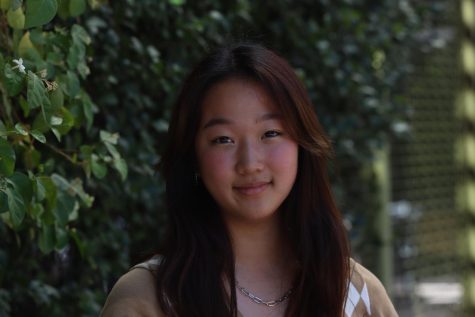
Kelly Yang is one of the Co-Editors-in-Chief of Counterpoint. This is her fourth year as part of the Counterpoint team and her second year as an EIC. When...


